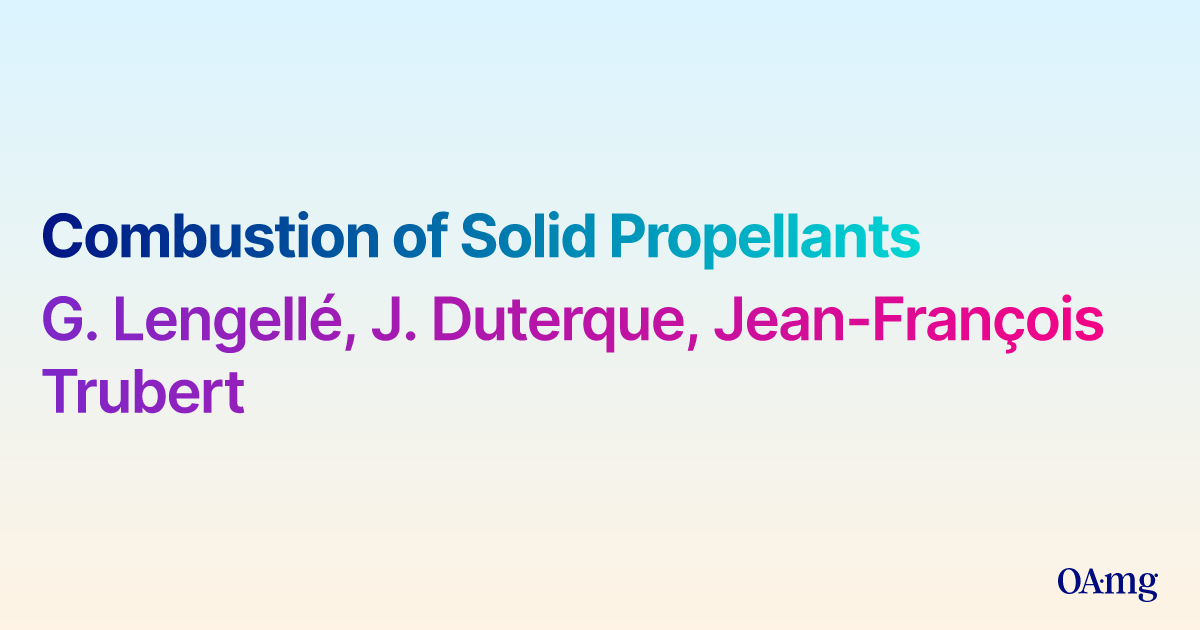This kind of comes back to the 3 10 second race cars .
I've found data for Unique from 12,000 to 40,000 PSI , it thrives from 15-30,000 psi . Oddly enough the 40,000 psi data was for a 264 WM . The mere idea of Unique in that much bottle neck just gives me the willies . It was at charge values about the same as 1-1/8 oz 12ga . Unique is typically used as a 14-25 kpsi powder in shotguns and pistols with more straight than necked cases .
IMR 4350 generally considered a slow magnum powder typically avoids anything straighter than 30/30 and 06' . It doesn't even start wake up and work under 25kpsi and it doesn't clean up under 30kpsi . It makes a great , or at least for me , cast bullet powder in every thing from 308 up . Even in the 358 Win . It's a great jacketed powder also in 308 and 06' case .
It didn't work for beans in the 6.8 but it's very satisfying in x39 with a 200 gr cast . Ken Waters said it wasn't great in the 45-70 where 4831 shined for groups , I'm just going to take his word for and skip the test .
H322 and 4198 are pretty close together with 10x right there with jacketed in 222,223, and 6.8 they're right there with a couple of gr charge difference and MV being within a 100 fps . Groups are similar as well . 10X bordered on bolt abuse in the carbine gas guns . H322 delivered the goods and was within normal function in the gas guns although at the best groups slightly over gassed .
H4198 gives significantly better gas gun groups and is the best in the bolt guns . It just won't run in the carbine gas guns because as near as I can figure out it holds the pressure to high in the case keeping the case stuck to the walls while not having enough pressure to overcome it for ejection so the bolt hangs on the mag follower instead of the hold open . To make things uglier increasing the charge makes it worse .
I didn't have 10 or 4198 to try in the 358 Win but H322 didn't want to play with anything over 200 gr oddly enough 4350 to the bottom of the shoulder delivered little bitty groups with 200 and 250 gr bullets , running the 250s 2100 fps MV right in the middle of jacketed speeds.
With data available that over laps for a fast shotshell powder and a slow rifle powder , once the slowest available for magnum rifles , one has trouble sorting it all out . Some of it just doesn't make any sense.
H322 shines in 222&233 , it's too much of a good thing in any 06' case but it comes back in 45-70 which just happens to share case capacity with the 06' . It didn't shoot well for me . It does it within Trapdoor level data .
I now retreat to the race cars .
3 that have a 100 mph elapsed time.
Unique is like that Honda that hits 125 about the 1/16th mile and stays there all the way to the 1/4 mile lights .
H322 is like the turbo V6 that takes to the 1/8 to get 145 and hold it to the 1/4 mile lights .
4350 and 4831 are packed like that 4000# Hemi sled that's only doing 75 at the 1/16 doesn't break 100 until it's almost to the 1/8 where it tries to climb out of slicks and breaks the clocks at 160 mph .
The Honda looks great out of the blocks , and it's almost a race after the 1/8 with the V6. Outta nowhere the Hemi shows up and breaks the lights for a dead heat . The difference is that the race it 16-26" in a rifle , at 16" for a particular cartridge, say 30/30 , it doesn't matter which powder you shoot they will all be the same at the 1/8 with the slowest powder outrun . Put them in a 24" barrel now you're running the full 1/4 mile .
As proof of concept I offer the Lyman manual at least #48 .
Look up the 458 WM with 405 JSP and the 45-110 with the 405 JSP . The difference between them is 20,000 psi and 10" of barrel .
So it goes with powder selection and load manipulation.


